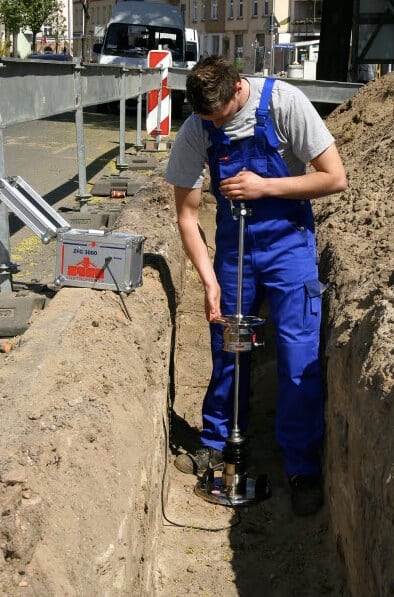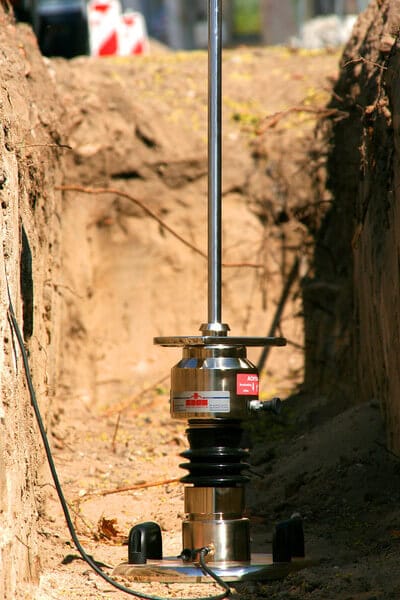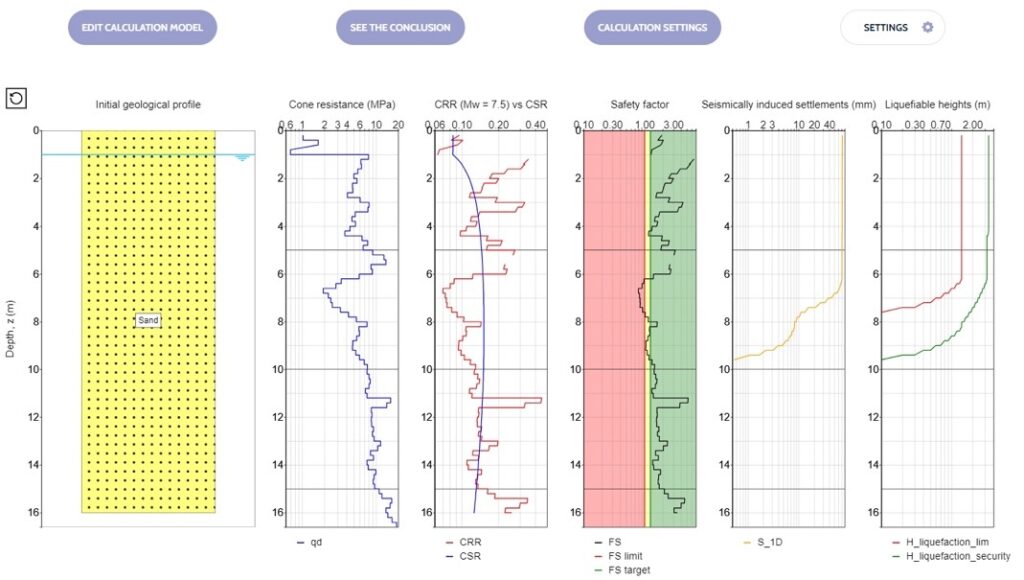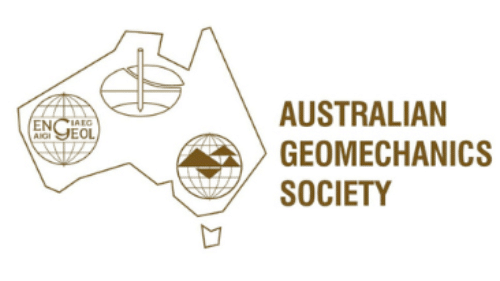How to measure in-situ modulus in confined spaces and get immediate repeatable results
One of the methods for measuring dynamic modulus on site and getting repeatable results immediately is using the Light Weight Deflectometer (LWD). By measuring the modulus value, the Light Weight Deflectometer (LWD) provides the direct link between the design specification (modulus value) and the actual site condition (modulus value).
Getting immediate repeatable results means that on-site decisions can be made straight away. The Light Weight Deflectometer can be used in confined spaces and difficult to access locations, like in trenches, with no support equipment required.
Site characterisation is unarguably the most important, but also most difficult, component of geo-engineering. The ZFG 3000 Light Weight Deflectometer (LWD) with GPS is used for compaction control on sub-grades by measuring the stiffness (modulus) directly in the field, according to ASTM E2835-11 (2015). This equipment is designed to improve the quality of site characterisation and reduce the difficulties involved.
Measuring the level of compaction or bearing capacity of the formation, sub-grade, sub-base and unbound layers and being able to get results immediately to make decisions is very important. The LWD enables you to do this in applications that include road and rail construction, airport runways, taxiways, aprons and parking areas, landfills sites, freight terminals, tank farms, wind farms, temporary pads for mobile crane outriggers or piling rigs, dams, embankments, building and temporary structure foundations, pipe & cable laying, electricity pylons and others.
We are using the PANDITO DCP for Level 1 site supervision, it’s very portable and we find it handy for flying into sites.
I must confess that this equipment is fantastic compared to the old technology.
We purchased a PANDA 2 machine after using one from another laboratory. The information obtained has saved money on numerous jobs. It is reasonably priced and the after-market service has been great. Highly recommend using Insitutek.
Insitutek Blogs
We find clients are often looking for ways to improve geotechnical testing outcomes and do it more efficiently at the same time. This drives their buying decision making. Australian Soil and Concrete Testing (ASCT) was a case in point when they were searching for Plate Load Test equipment for their upcoming Collector Wind Farm project. Some of the things that motivated them include: […]
We are excited to introduce the addition of a new Liquefaction Risk Estimation module in WebSprint©. Paired with our cutting-edge products, PANDA® and GRIZZLY®, this module enables you to assess the liquefaction risk of soils exposed to seismic stress. PANDA® Instrumented DCP: This cutting-edge tool provides dynamic penetrometer soundings, delivering precise data crucial for seismic risk evaluations. GRIZZLY® […]
The Australian Geomechanics Society is gearing up for a series of geotechnical events across VIC, WA, NSW, and SA-NT. We are thrilled to inform you that we will be sponsoring and attending these exciting geotechnical events, and we would love for you to join us. It’s a fantastic opportunity to catch up, explore our booth (VIC), and stay informed about […]





